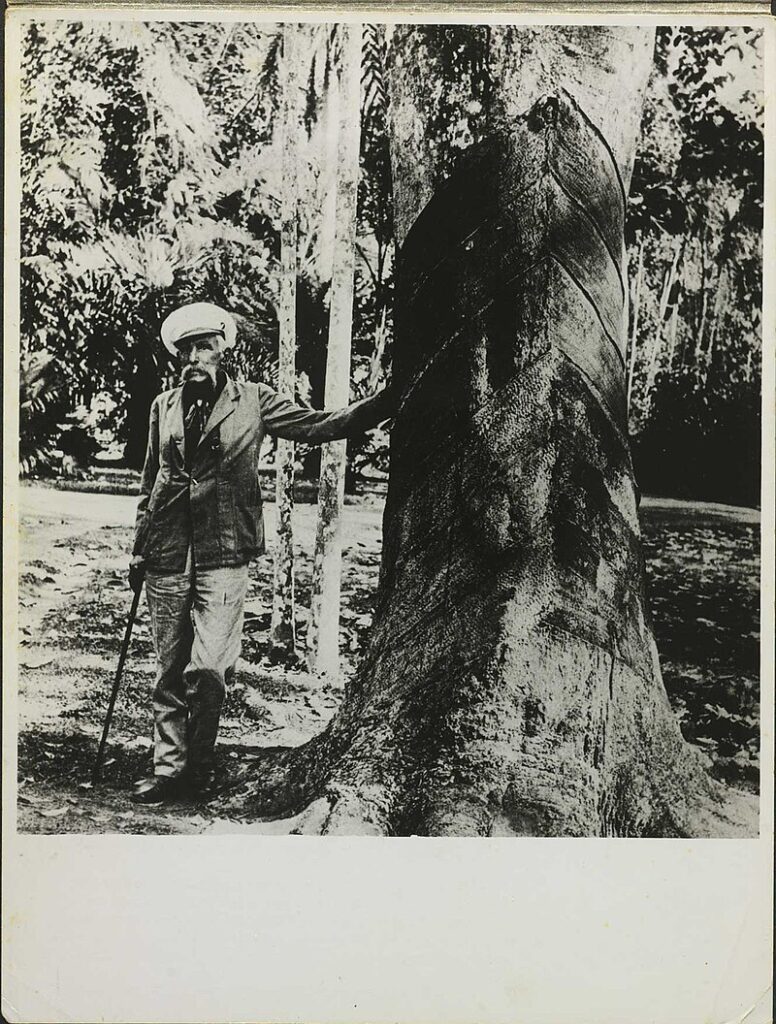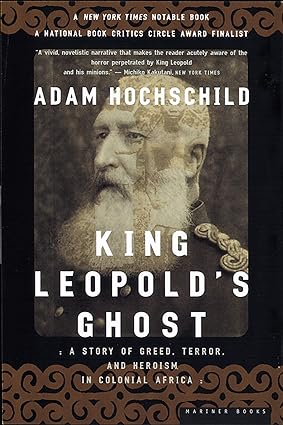The dual theme of my A to Z Challenge this year is the world of Commodities and Poetry Forms so the juxtaposition of these two themes may throw up some strange poems – could be a Heroic Ode to Heating Oil or will it merit a Haiku or a Haibun – whichever, I will be endeavouring to bring you interesting facts about commodities that may change the way you think about the stuff we variously depend on…
By commodity I mean certain items that are of both sufficient value/volume to be traded in special markets and are generally volatile enough to attract traders in “Futures” which are a way of hedging bets in the trading world of stocks, shares and commodities.
The A to Z Challenge runs throughout April and will consist of 26 posts – there are only a couple of letters for which I couldn’t find commodities but plenty of poetry forms to carry the day!
Worldwide Trade in Rubber 2022 – $18.4B – 239th most traded product representing 0.078% of total world trade.
Gentle Reader – this post should probably carry a warning – for it contains true tales of Theft, Violence and Depravity on an Imperial scale – it will visit a city 900 miles up a river, surrounded by jungle that nevertheless afford to build an opera house with imported marble and talent, it will visit both the geographical and metaphorical setting of Conrad’s “Heart of Darkness” and reflect, not for the first time in this A-Z Challenge, on the evils done in the name of Imperialism. You have been warned…
The story of rubber begins innocently enough with a ballgame – archaeological evidence shows that the Olmec people of Mesoamerica played a game with a rubber ball made from the sap of the Hevea tree which grew extensively in the Amazon rainforest and which could be tapped to allow its white sap to be collected – this is called latex rubber.
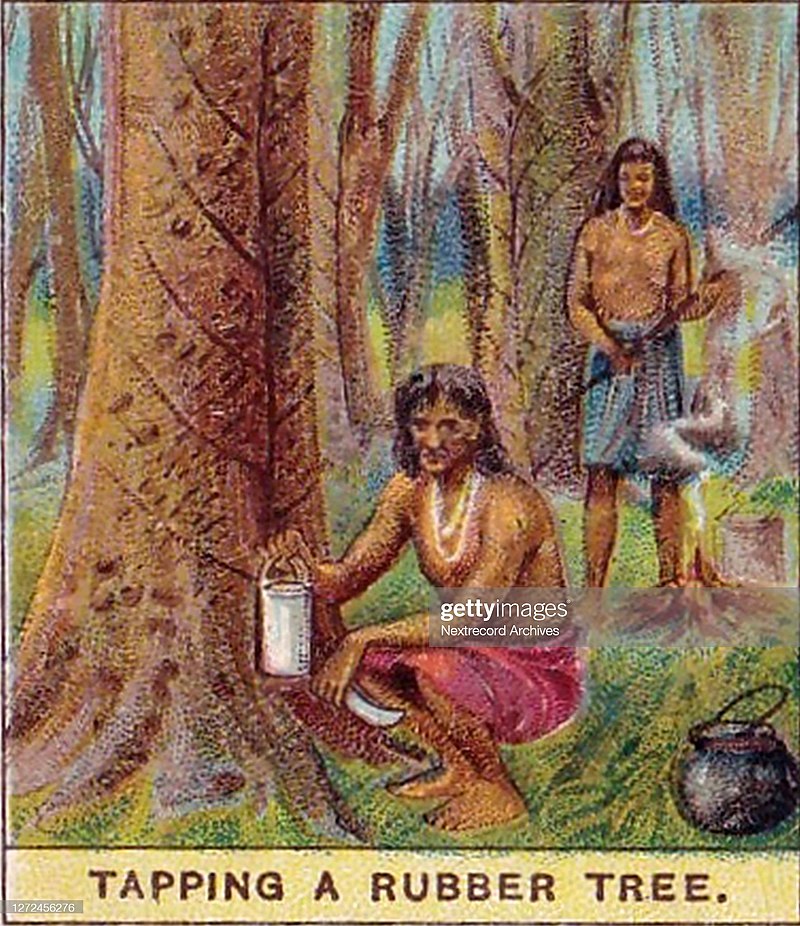
The English polymath Joseph Priestly received a small sample of latex and noted that it was very good at rubbing out (erasing) pencil marks and thus coined the name “Rubber”. In the nineteenth century, the development of first the bicycle and later the motor car, created a demand for rubber that far outstripped the sources of natural rubber and drove the discovery of synthetic elastomers – the technical name for rubberlike substances. The initial problem with developing rubber as a commodity, was that the Brasilian rainforest was the only source of Pará rubber tree (Hevea brasiliensis) and Brasil had a stranglehold on the market and one thing that commodity markets don’t like is a monopoly. There was no specific law banning the export of rubber plants or seeds from Brasil but nevertheless it was a closely policed prohibition – and no wonder – the wealth generated by the monopoly of the supply of rubber paid for that lavishly marbled opera house in Manaus, far up the Amazon, and for a stream of European opera divas to grace its stage. It took until 1870 for the seeds to be smuggled out and the monopoly broken…
In 1876, Henry Wickham smuggled 70,000 Amazonian rubber tree seeds from Brazil and delivered them to Kew Gardens, England. Only 2,400 of these germinated. Seedlings were then sent to India, British Ceylon (Sri Lanka), Dutch East Indies (Indonesia), Singapore, and British Malaya. Malaya (now Peninsular Malaysia) was later to become the biggest producer of rubber
https://en.wikipedia.org/wiki/Natural_rubber
I well remember this story of derring-do smuggling from my geography class at school in the 1960’s but looking back, there was no hint of a question as to the ethics of this act of theft and the geopolitical shift that it meant for the British empire – it seemed that was just the way of things. An even more heinous crime was happening across the Atlantic in a similar river whose basin held a hard-to-penetrate tropical rainforest – the Congo. From 1885 to 1908, while the development of British rubber plantations in the Far-East were still being developed, the Belgian Congo, operated as a private estate – the Congo Free State (today the Democratic Republic of the Congo) under the absolute rule of King Leopold II of Belgium – was another source of latex rubber. Congo rubber comes from vines and the wives and children of a village were held hostage whilst their menfolk were sent off to fulfil their quota of vine rubber. The depravity did not end there, with a bureaucracy that would have been the envy of the Nazis, every bullet used by Belgian soldiers had to be accounted for and justified, so if soldiers went hunting for meat or even sport – they would go into a village and chop off as many hands as required to justify their bullet allocation – claiming a police action as justification. No wonder Joseph Conrad’s masterpiece “Heart of Darkness” is set far up the Congo River where a European trader has gone rogue… So many people died under these imperial rules that though the exact figures are indeterminable, estimates range from 1.5 million to 13 million and the story of this genocide can be read here.
This is not to say that there were not many deaths of native Amazonian Indians as a result of rubber tapping in the Amazon but they have been overshadowed by the obscenity of Leopold’s genocide. It may be considered a boon then, that the theft of rubber tree seeds from Brazil and the subsequent establishment of rubber plantations in the Far Eastern countries of the British Empire, brought to an end the depradations in Brazil and the Congo… However, life on the remote plantations of the Far-East was at the very least a lonely station for the young men and women of the “Empire on Which the Sun Never Sets” as the globe encircling British Empire was sometimes called. Somerset Maugham (whom my mother “specialled”, or nursed one-to-one as a young nurse and who she described as a bitter old man) chronicled life on the plantations which we later watched dramatised on TV and if I can distil a typical story of his into one sentence it would be “Young planter comes back to England to wed from amongst the surfeit of girls following the First World War and returns to Malaya with his bride who later discovers he has a second family living at the bottom of the garden with a native wife – bitterness ensues…”

Let us leave the sordid world of the early sourcing of rubber and move back to the uses of Rubber as a commodity. We have already seen one source of the name rubber, but another product that became synonymous was the “Rubber” or Rubber Johnny – prophylactic to who knows how many unborn babies… there are car tyres, cushioning and shock-absorbing devices, and still there are Rubber Balls and many more uses besides. Eventually, as demand for rubber exceeded production of natural rubber, Synthetic Rubber was invented and American dominance in the market was advanced by the Second World War, when the Allies, with their access to Far-Eastern natural rubber, stifled Axis efforts by bombing synthetic rubber factories in Germany, Italy and Poland.
Natural Rubber is still an important commodity despite synthetic products which have burgeoned over the years – styrene-butadiene rubbers , polyisoprene, neoprene, nitrile rubber and last but by no means least Silicone rubber. Even without being a chemist, that list may have conjured for you, wetsuits, surgical rubber gloves not to mention heatproof cookwear…
More than 28 million tons of rubber were produced in 2017, of which approximately 47% was natural. Natural rubber still goes into tyres and to dothat, the process of Vulcanisation had to be invented – a method of hardening the Latex or “India Rubber” (yes – the “stolen” rubber plantations of India gave their name to the raw material too) and this was eventually perfected by Charles Goodyear as a process involving heat and the addition of Sulphur.
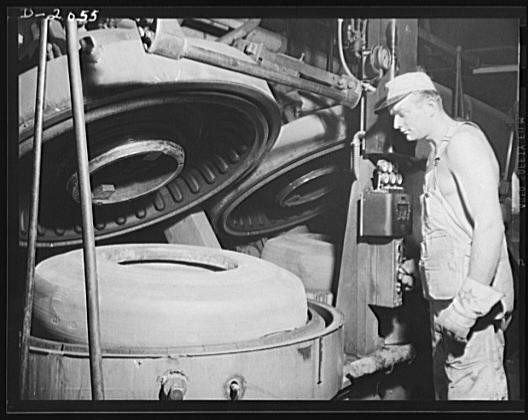
Vulcanization. (2024, March 18). In Wikipedia. https://en.wikipedia.org/wiki/Vulcanization
Many other plants other than the Hevea Tree produce latex but have never been successfully been exploited and the price of rubber is volatile – for example, during the Covid crisis, the price of rubber spiked because of the demand for rubber gloves yet many small family-run plantations had rubbed up their crop to grow more profitable lines at the time such as palm-oil. Now plant diseases (which especially affect monocultures) and climate change are threatening the supply of natural rubber further…
Before proceeding to my own poetic offering, I cannot leave rubber without referencing A.A. Milne’s wonderful poem “King John’s Christmas” which takes us back to the very first discovered use of rubber and if you were unlucky enough not to have been brought up with his poems or only know of Winneie the Pooh – let this extract introduce you to a Wold of joy…
King John was not a good man,
An extract from King John’s Christmas by A.A. Milne
He lived his live aloof;
Alone he thought a message out
While climbing up the roof.
He wrote it down and propped it
Against the chimney stack:
“TO ALL AND SUNDRY – NEAR AND FAR –
F. Christmas in particular.”
And signed it not “Johannes R.”
But very humbly, “Jack.”
“I want some crackers,
And I want some candy;
I think a box of chocolates
Would come in handy;
I don’t mind oranges,
I do like nuts!
And I SHOULD like a pocket-knife
That really cuts.
And, oh! Father Christmas, if you love me at all,
Bring me a big, red, india-rubber ball!”
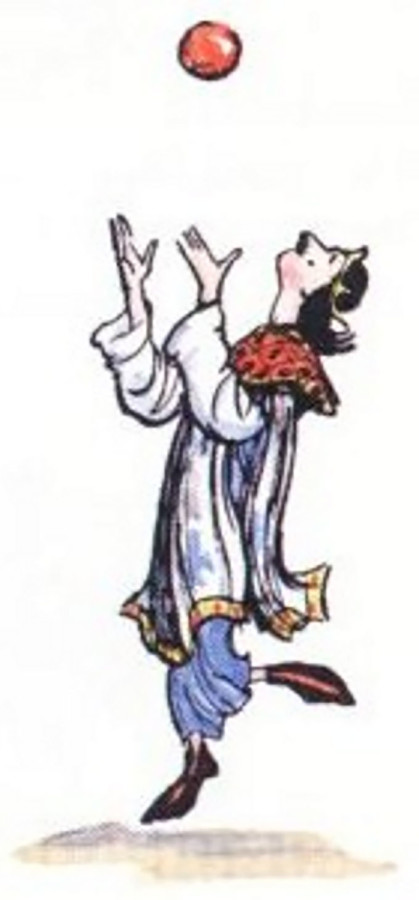
Which brings us to today’s poem for which I have chosen the poetry form Rhyme Royal:
The rhyme royal stanza consists of seven lines, usually in iambic pentameter. The rhyme scheme is a-b-a-b-b-c-c. In practice, the stanza can be constructed either as a tercet and two couplets (a-b-a, b-b, c-c) or a quatrain and a tercet (a-b-a-b, b-c-c). This allows for a good deal of variety, especially when the form is used for longer narrative poems. (source Language is a Virus – Poetry Guide)
Rubber
Has ever extraction so cruel
been visited on poor people
our industrial needs to fuel
our market trade coffers kept full
wealth from the Third World, First World pulls
stolen plants new plantations
bring relief to tropical sons
The smooth ride of the motor car
or even humble bicycle
wrote a trail of blood from afar
ignorance of the genocide
no excuse for the denial
when now we know how goods are wrought
with blood, sweat and tears they’re still bought
Blood diamonds the savage crop
from where bloodied rubber once grew
blood from Congo’s gold and coltan drop
tin and tungsten to name but a few
not just the Congo to give it’s due
children of seventy-eight lands
make goods never mind adult hands…
© Andrew Wilson, 2024
You can find a report into all 457 goods made or mined using children – let alone adults, from 78 countries in this report…
